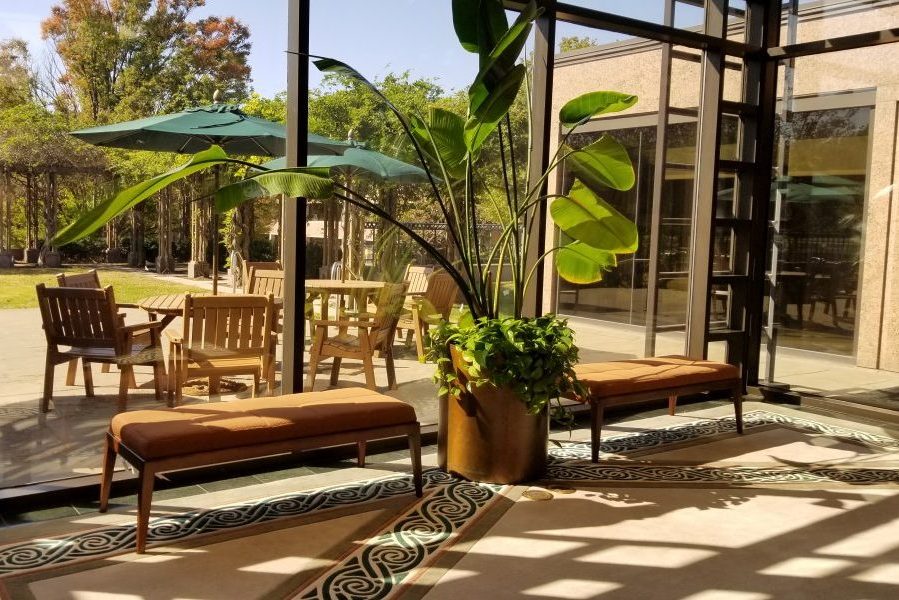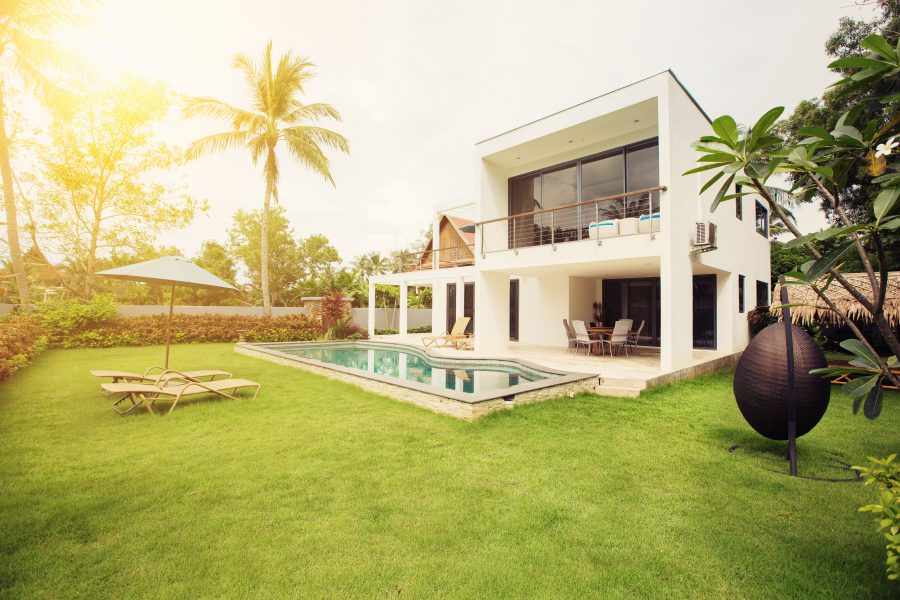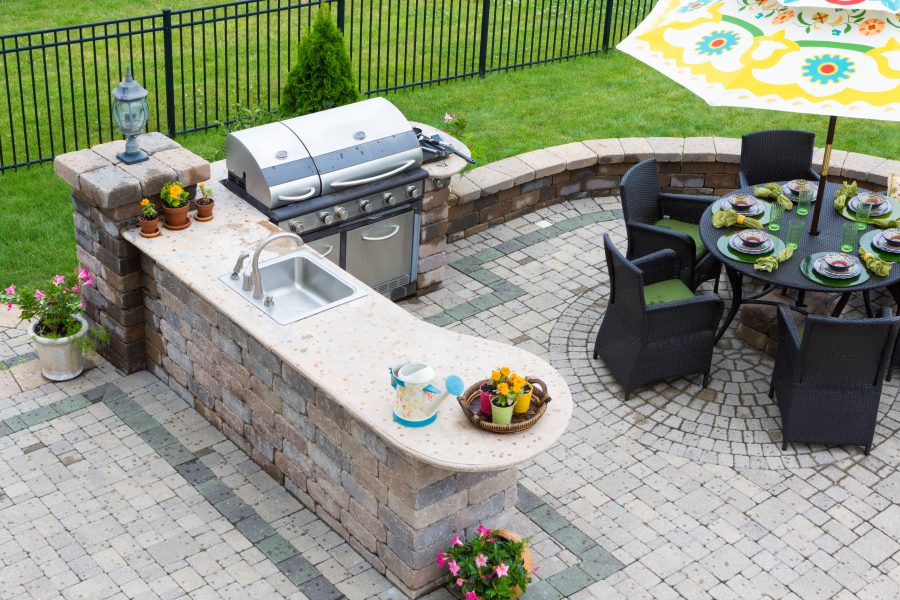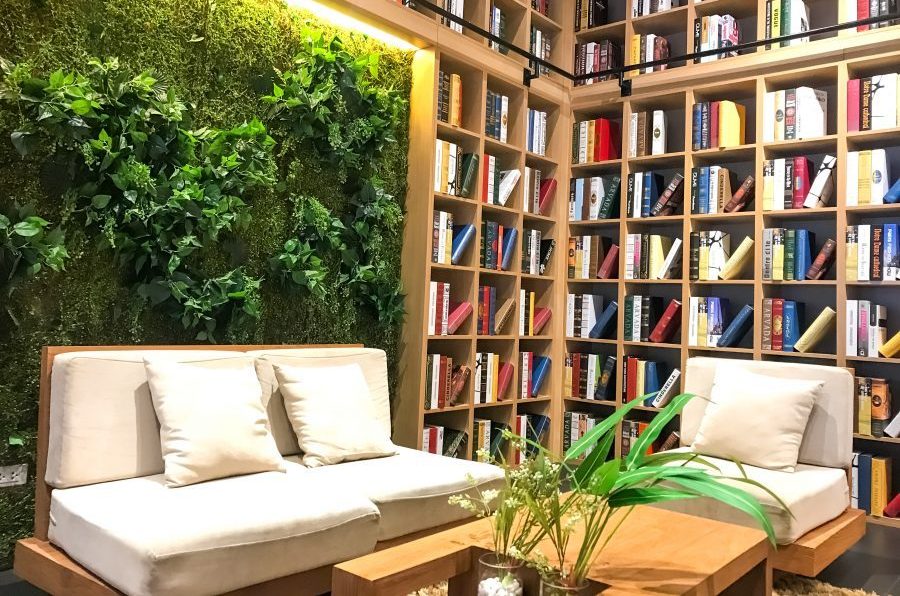Secret Spaces: A Sunlit History of Courtyards in India
A way to control the elements, a space for social gatherings, a refuge for privacy, an expanse of luxury — the courtyard has been a humble and prominent constant in Indian homes through the pages of history over the years.
Often an open space enclosed completely or partially within walls, the first courtyards in the Indian subcontinent were found as early as in the Indus Valley Civilisation. The Harappans were renowned urban planners, with astute civic and scientific insights, and historians hypothesise that they built their houses around a central courtyard for cross ventilation and protection from the harsh sun. The open structure of an internal courtyard allows for natural cooling in the summer months, while in winters it leads to passive solar heating. Long after the Harappans came and went, the courtyard continued to play this role of climate control in Indian homes.
The Inaya villas make the most of this with thoughtfully created open spaces best suited for tropical climes. Welcome a choreography of air, wind and light into your home — cool breezes wafting through the rooms on hot summer days and trapped heat to keep you toasty in the colder months.
In the history of Indian architecture, the courtyard also acquired cultural, sociological and religious significance over the centuries. The Chola dynasty in the south built magnificent temples with large courtyards and the Vijayanagara empire continued this tradition. Mughal emperors brought their own signature style, combining influences of Persian and Indian architecture. During the 16th and 17th centuries, they built lavish palaces and mosques with sprawling courtyards to hold courts and allow people to gather and pray.
While the courtyard emerged as eminent topography in public buildings, its identity and function also evolved in traditional Indian households. The central space between various rooms or houses became a communal meeting ground where families would come together every day.
In Inaya homes, the courtyard occupies a central position that connects families. Macassar House has been designed as a linear sequence wrapped around the courtyard, with all of its main rooms looking into the open space, handsome pillars in each corner, bringing a sense of symmetry and balance and allowing unrestricted movement.
Another step in the storied history of courtyards was its transformation into a sacred space in Hindu homes. Deeply beloved in Hinduism is the belief that the Tulsi plant is a manifestation of Goddess Lakshmi. With the passage of time, the ritual of worshipping this sacred plant merged with changing physical structures, and the central courtyard developed into tulsi vrindavan. By extension, it also became a space to celebrate marriages and festivals, no longer just an architectural feature, but a way of life.
Whether you grew up in North India (haveli), or the Western region (wada or pol), or West Bengal (rajbari) or Kerala (nalukettu), a courtyard house was common and fairly ubiquitous. You might have memories of chasing cousins around the courtyard in your ancestral home, or fondly remember your grandmother and aunts basking in the shade. Fast-forward to the current day, and the concept of a courtyard is rapidly shrinking in modern cities. Constraints of space, towering skyscrapers and apartment complexes rarely have any open elements in their restricted designs. And what was once an essential in almost every region of India, has now become something of a symbol of luxury.
With the Inaya villas, we want this hub of leisure and activity to be back in your lives. Each home reimagines the traditional courtyard and offers a fresh take on this topography. Our interior designer Pavitra Rajaram says, “They are all courtyard houses. So, Cotton House has a garden courtyard, Cinnabar House has an open, French-style courtyard, and Macassar House is built entirely around a courtyard.”
The cantilevered entrance of Cotton House leads into the garden courtyard, bringing you closer to nature, with the light-filled spaces fluidly flowing between the inside and outside, creating little pockets of solitude and quiet. The sweeping paved courtyards of Cinnabar House are perfect for entertaining guests and hosting al fresco parties, with the play of expanse and trees lending to a texturally interesting home with a neutral palette and strong architectural lines. Architect Ahsan Ansari adds, “Macassar House with its double height and four-sided enclosure has an almost church-like feel.”
Marvel at the cloak of shimmering stars above your home as you lounge in this relaxing retreat, taking in a panoramic view of the valley around you from your multi-layered courtyard. The modern aesthetics and sustainable principles of Inaya are reflected in every element of every villa, and the courtyard is no exception, bringing you Indian traditional values for contemporary living.






